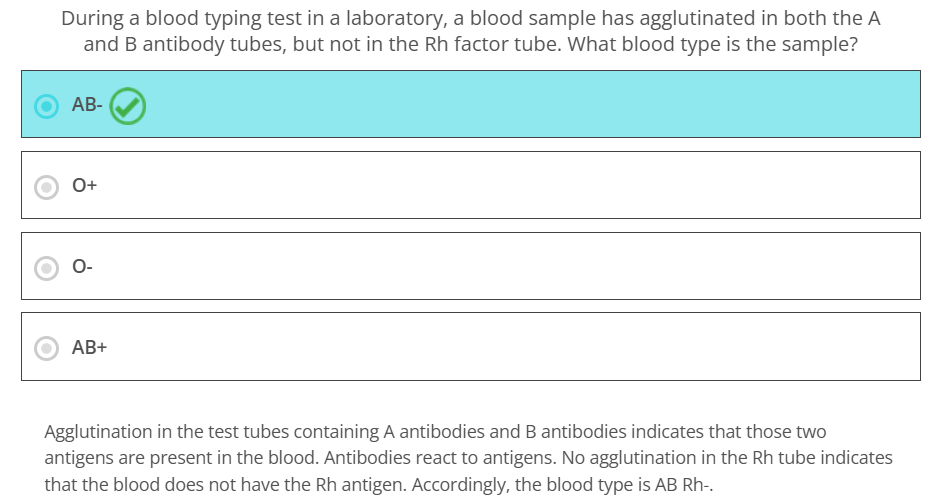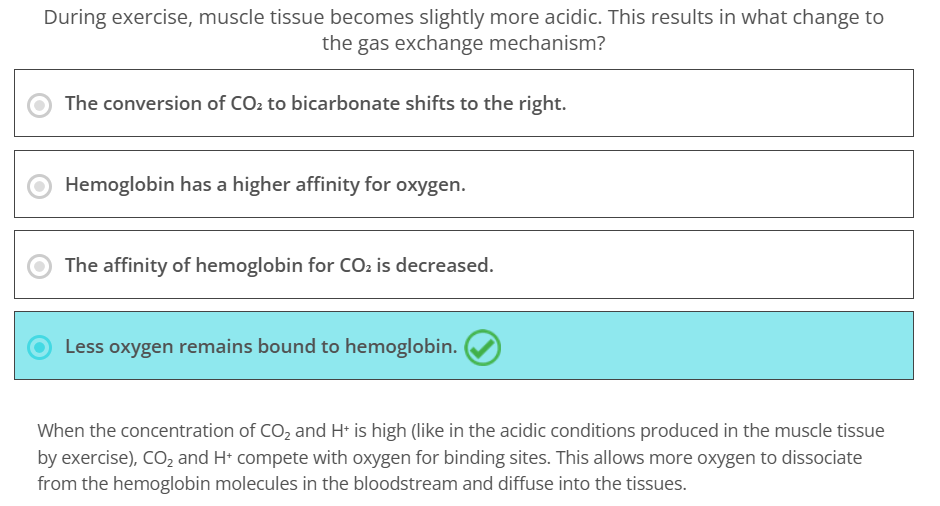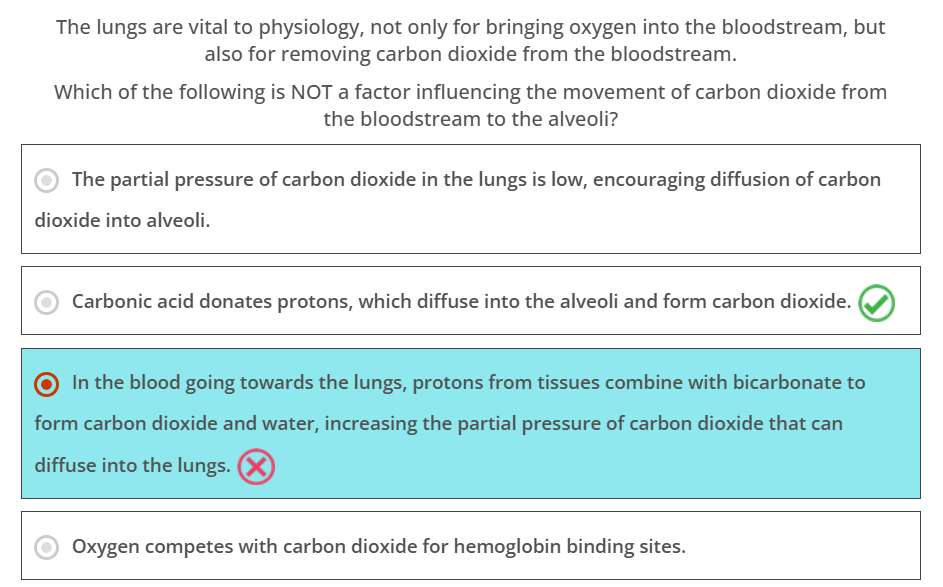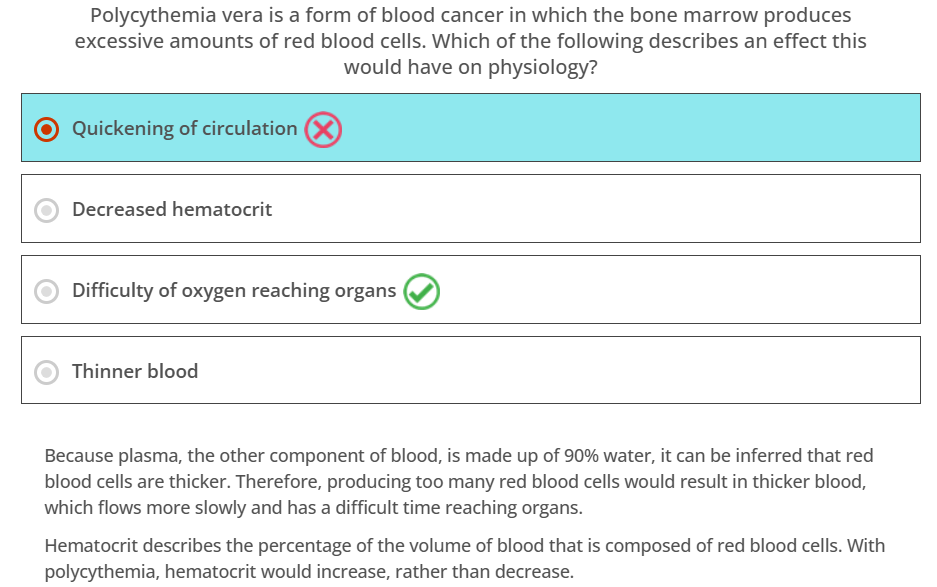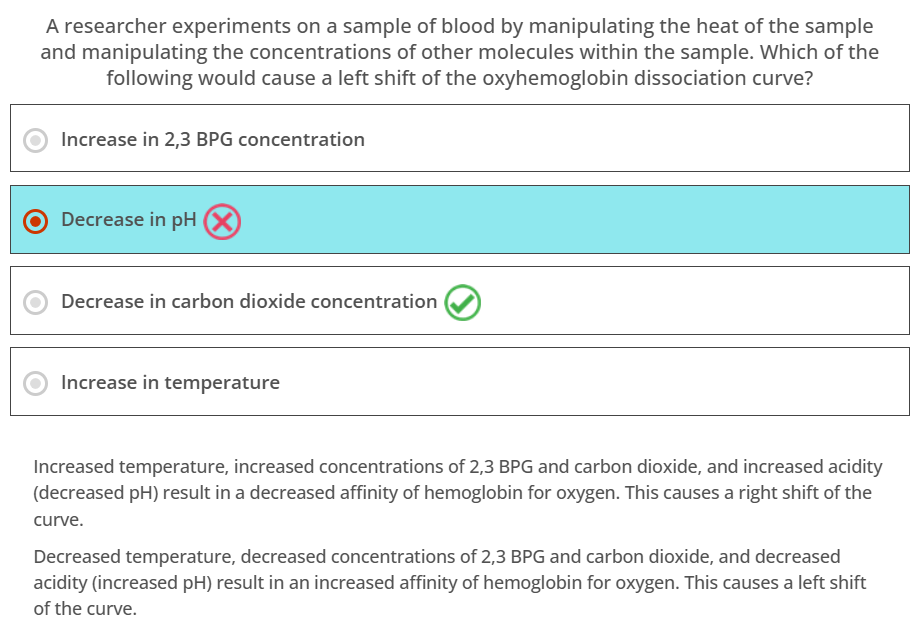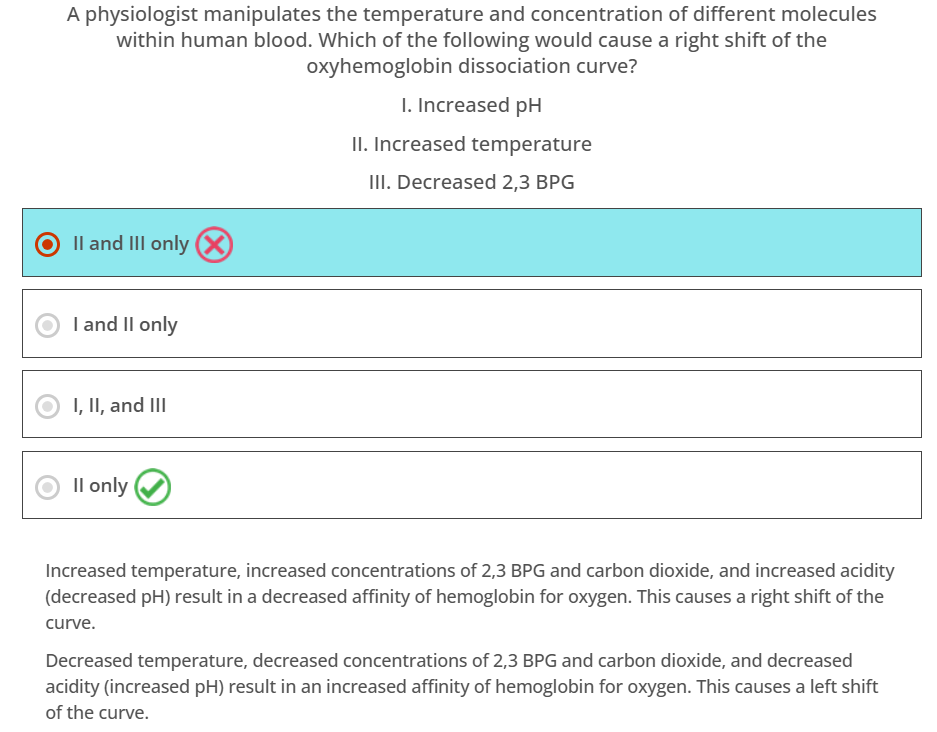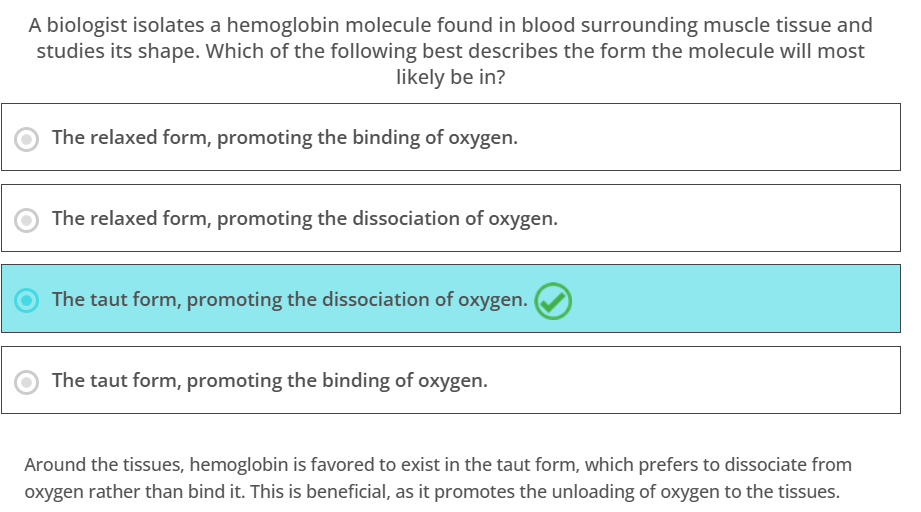Blood Part 1
1/26
There's no tags or description
Looks like no tags are added yet.
Name | Mastery | Learn | Test | Matching | Spaced |
|---|
No study sessions yet.
27 Terms
what is the purpose of RBC’s being biconcave on both sides?
1) assists in traveling through tiny capillaries
2) increase cell SA which increase gas exchange
why do RBC lose membrane bound organelles when matured?
to make space for the molecules of hemoglobin and won’t consume the O2 it’s carrying
what process do RBC rely on then if they don’t use O2?
they rely on glycolysis for ATP with lactic acid as the main by-product
what happen to RBC at the end of their lifespan?
cells in the liver and spleen phagocytize them to recycle them for their parts
what are the 2 RBC count measures?
hemoglobin (g/dL of hemoglobin in the blood) and hematocrit (% of RBC in blood sample)
examples of granulocytes vs agranulocytes
granulocytes: neutrophils, eosinophils, basophils
agranulocytes: lymphocytes and monocytes
characteristics of granulocytes
contain cytoplasmic granules
the granules contain compounds toxic to invading microbes
compounds released via exocytosis
involved in inflammatory responses (allergies, pus formation)
characteristics of agranulocytes
no granules
lymphocytes important in the specific immune response
lymphocytes B and T cells
monocytes phagocytize foreign matter
monocytes macrophages (specific names in each organ)
where to B cells and T cells mature?
B cells mature in the bone marrow while T cells mature in the thymus
creation of thrombocytes
cell fragments or shards released from cells in bone marrow known as megakaryocytes
erythropoietin
hormone released by the kidney stimulating mainly RBC development
thrombopoietin
hromone secreted by the liver and kidney and stimulates mainly platelet development
antigen
any specific target (usually protein) to which the immune system can react
what happens if you mix blood types with foreign antigens?
hemolysis (rupture/destruction of RBC)
T or F, people with Rh negative blood already have anti-Rh antibodies prior to exposure to Rh-positive blood
False, Rh negative people would not have anti-Rh antibodies prior to exposure to Rh-positive blood
Why do the ABO antigens automatically have anti antibodies?
E.coli that inhabit our colon have proteins that match the A and B alleles, serving as a source of exposure allowing you to develop anti A/B antibodies
the allele for Rh antigen
allele D, it’s presence (+) or absence (-); autosomal dom inheritance
erythroblastosis fetalis
during childbirth, women are always exposed to a small amount of fetal blood. If the woman is Rh- and fetus Rh+ her immune system will make antibodies. this would only effect subsequent children with Rh+ as anti-Rh antibodies can cross the placenta and attack the fetal blood cells resulting in hemolysis
why is there less concern with ABO mismatching b/w mother and fetus?
maternal antibodies against AB antigens are of class IgM, which don’t readily cross the placenta (unlike IgG antibodies)
If you could observe antibodies under a microscope, why would antibodies A and B be found in a person with type O+ blood?
Some one with O blood will produce antibodies against non-self material, such as antigen A and B. It has the Rh antigen, so there would not be antibodies against it
